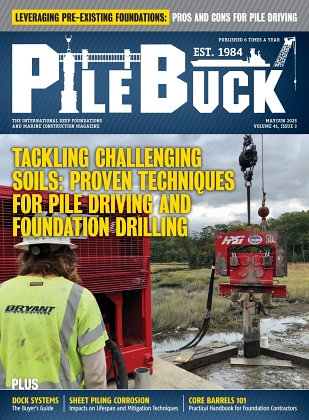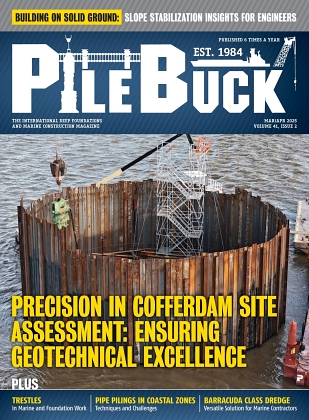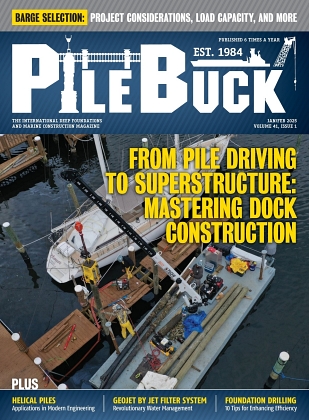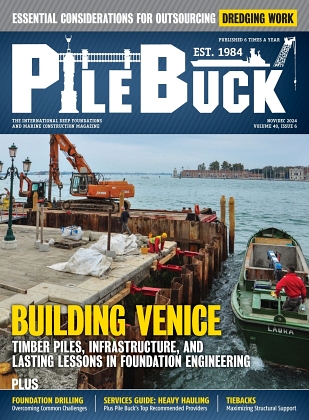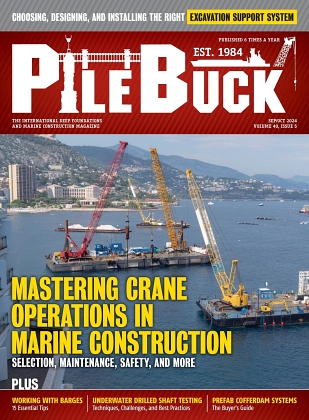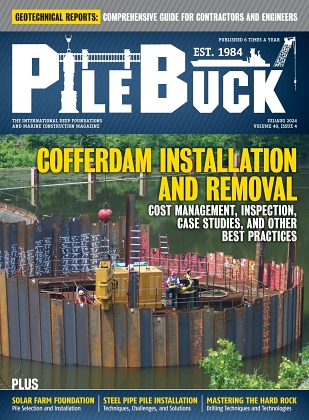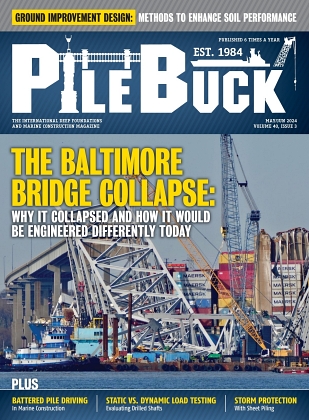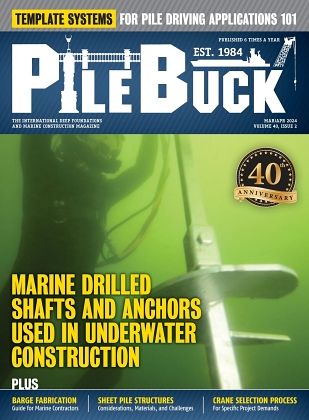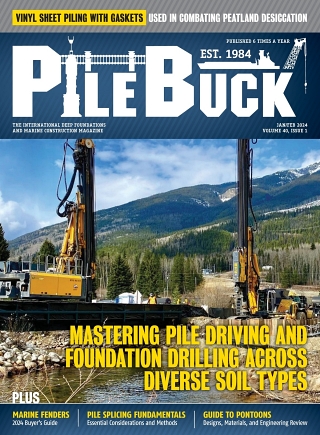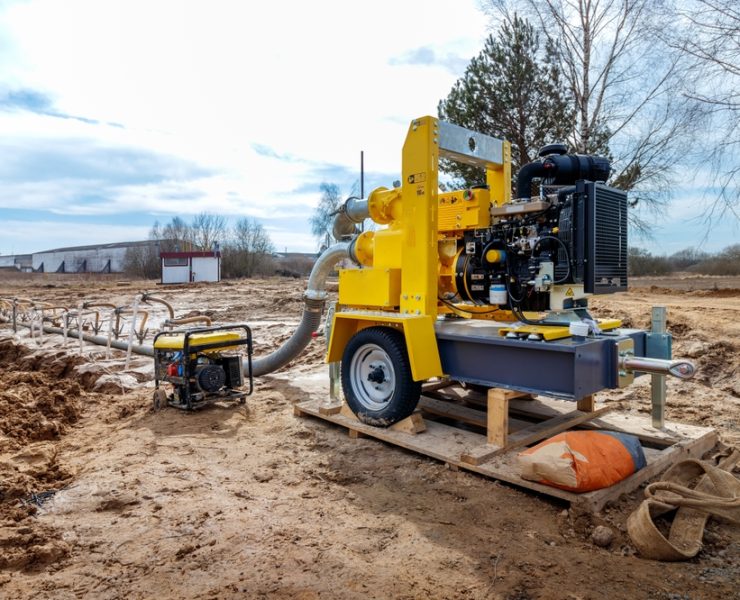Chemical Grouting Techniques for Soil Stabilization in Deep Foundation Projects


In deep foundation engineering, the stability of the supporting soil determines the strength and longevity of any structure built above it. When soils are weak, permeable, or water-bearing, achieving reliable foundation performance becomes challenging. Chemical grouting provides a practical and highly effective solution for stabilizing soil, controlling water movement, and improving the load-bearing capacity of ground materials—especially in areas where excavation or mechanical compaction is not feasible.
Understanding Chemical Grouting
Chemical grouting is a soil improvement method that involves injecting liquid grout into the ground under controlled pressure. Once introduced, the grout permeates the soil and reacts to form a solid or gel-like mass. This process binds soil particles together, fills voids, and reduces permeability.
The result is a denser, more uniform, and more stable ground capable of supporting heavy structural loads. Chemical grouting differs from cement grouting in that its lower viscosity allows it to penetrate finer soils such as silts and sands. It is particularly suited to deep foundation projects where the goal is to strengthen the subsurface without disrupting existing structures.
Why Chemical Grouting Is Essential for Deep Foundations
Deep foundations transfer building loads to stronger soil or rock layers located well below the surface. However, when these layers include weak or saturated zones, problems such as settlement, water infiltration, and lateral soil movement can occur.
Chemical grouting offers an adaptable solution for these conditions. By injecting grout at targeted depths, engineers can strengthen specific soil strata without large-scale excavation. The method is frequently applied to support pile foundations, caissons, retaining walls, and bridge piers. It also helps form groundwater barriers during deep excavations, protecting construction sites from seepage and erosion.
In marine and coastal foundation projects, where water pressure and salt exposure accelerate deterioration, chemical grouting adds an impermeable layer of protection that reduces long-term maintenance requirements.
Common Chemical Grouting Techniques
Each soil type and project condition requires a unique grouting strategy. The three primary techniques are permeation grouting, compaction grouting, and jet grouting.
Permeation Grouting
Permeation grouting uses low-viscosity grout that flows into the natural pores of granular soils without disturbing their structure. Once cured, it binds the particles together to increase shear strength and create a watertight barrier. This method is ideal for sandy or silty soils where improving stability and reducing permeability are the primary objectives.
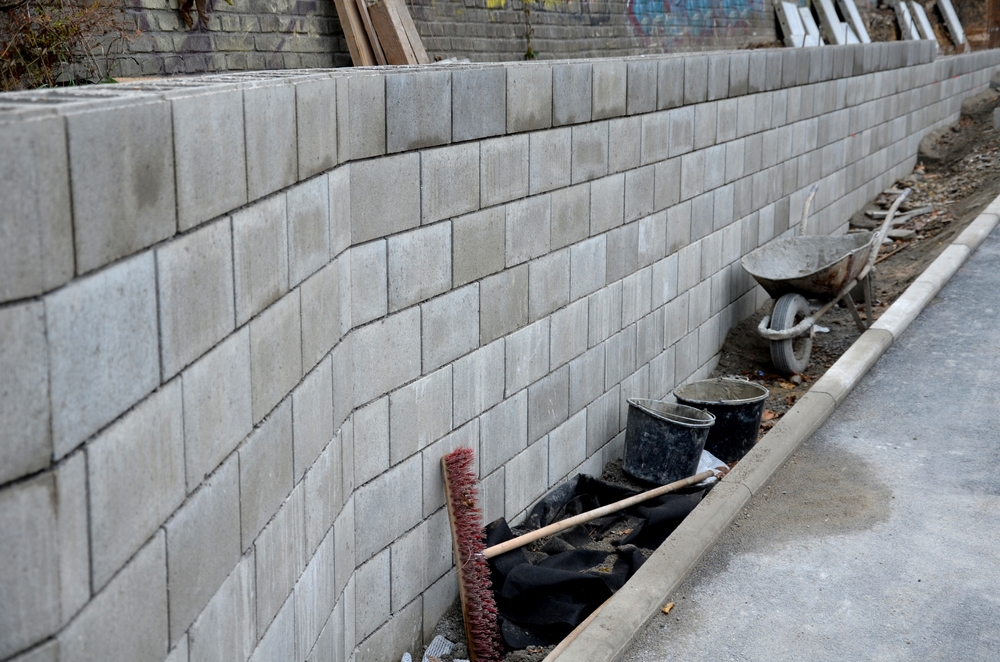
Compaction Grouting
Compaction grouting uses a thicker grout mixture injected under high pressure to physically displace and compact surrounding soil. This technique strengthens loose soils, fills voids, and mitigates settlement beneath existing foundations. It is commonly used for remedial work in older structures and to stabilize ground prior to new deep foundation installation.
Jet Grouting
Jet grouting involves using high-pressure jets to mix grout with in-situ soil, creating solidified soilcrete columns. This method is especially useful for deep or complex foundation projects where precision and versatility are essential. It can be applied in almost any soil type and allows for the creation of continuous walls or barriers that prevent groundwater intrusion during excavation.
Benefits of Chemical Grouting
Chemical grouting provides a range of performance benefits that make it essential in modern foundation engineering. One of its key advantages is the ability to significantly improve soil strength and stability. Once injected, the grout binds soil particles together and creates a denser, more cohesive structure capable of supporting higher loads and resisting deformation. This enhancement ensures that deep foundations remain stable even in challenging or variable ground conditions.
Another major benefit is the reduction of soil permeability. Grouted zones form an impermeable barrier that prevents water infiltration, protecting structures from groundwater pressure, erosion, or leakage. This waterproofing capability is especially important in projects involving basements, tunnels, and marine foundations where moisture control is critical.
Chemical grouting also minimizes surface disruption during construction. Since the process can be performed from the surface or through small access points, it is ideal for dense urban environments or active industrial sites where excavation is impractical. Its precision allows engineers to target specific problem areas, treating only where necessary and reducing both material use and environmental impact.
Furthermore, chemical grouting is highly compatible with existing structures. It can be applied beneath or around operating facilities, pipelines, or bridge foundations without requiring dismantling or interruption of operations. This adaptability makes it an effective solution for strengthening aging infrastructure while keeping downtime to a minimum.

Materials Used in Chemical Grouting
Chemical grouts are selected based on site conditions, permeability, and project goals. Common materials include:
-
Acrylamide and Acrylic Gels: Known for ultra-low viscosity and deep penetration into fine soils.
-
Polyurethane Grouts: Expand upon reaction with water, ideal for sealing active leaks or filling voids.
-
Epoxy Grouts: Provide high strength and chemical resistance for specialized structural applications.
-
Sodium Silicate Grouts: Create a dense, glass-like gel to stabilize sandy or loose soils.
Engineers often use a mix of these formulations to balance strength, flexibility, and impermeability. Professional-grade chemical grout systems are available for municipal, industrial, and geotechnical projects where precision and long-term performance are critical.
Quality Control and Verification
The success of a grouting program depends on careful planning and quality control. Before injection, soil testing helps determine optimal grout type, pressure, and flow rate. During application, pressure and volume data are closely monitored to ensure complete coverage without fracturing the soil.
After grouting, verification methods such as borehole sampling, core extraction, and permeability testing confirm the extent and uniformity of improvement. These steps guarantee that the foundation meets the required engineering performance standards.
Real-World Applications
Chemical grouting has proven effective in diverse foundation scenarios. It is used to stabilize soils beneath bridges, tunnels, and offshore platforms where high loads and dynamic forces are present. In urban settings, grouting supports deep excavations for subways and basements, often preventing ground settlement that could affect nearby buildings.
In marine construction, the technique seals seawalls, docks, and bulkheads against erosion while preserving soil integrity. It is also widely used in dam rehabilitation, where sealing leaks and strengthening abutments are essential for long-term safety.



